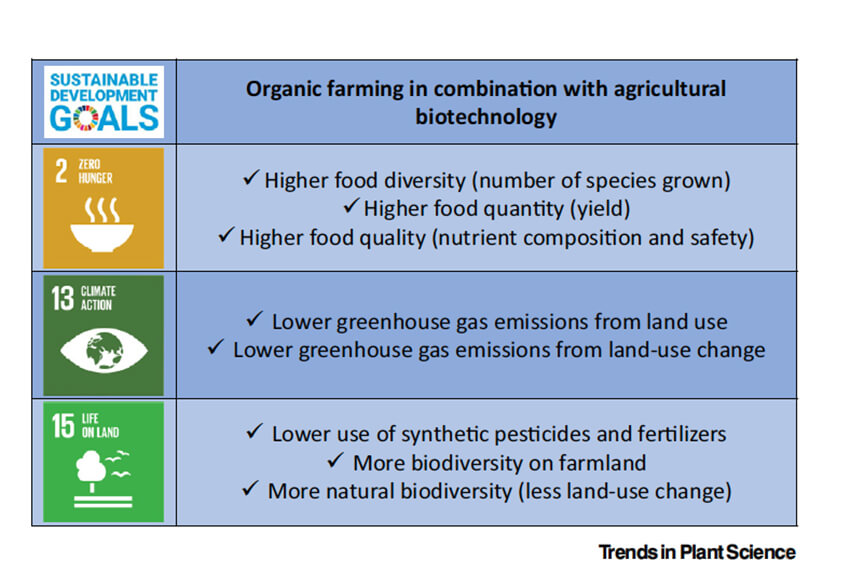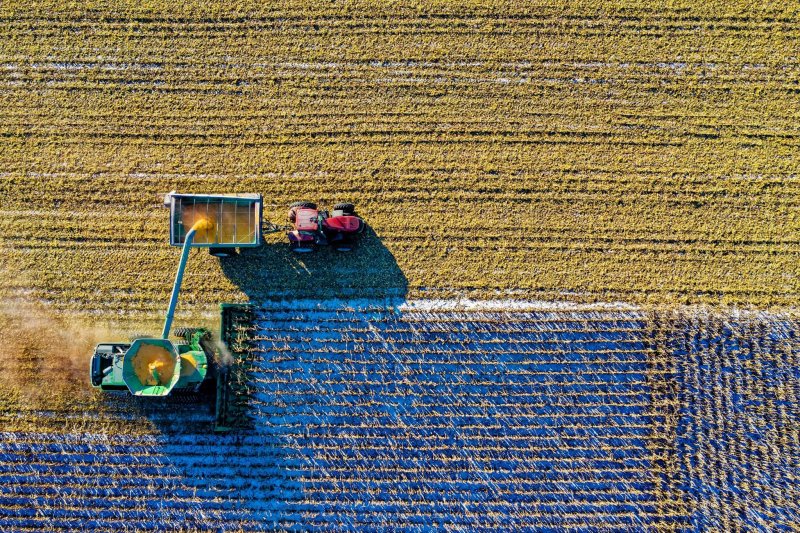“GMOs, products produced from GMOs, and products produced by GMOs shall not be used in food or feed, or as food, feed, processing aids, plant protection products, fertilisers, soil conditioners, plant reproductive material, micro-organisms or animals in organic production.” EU Regulation Article 11
The EU is the home of many culinary traditions; they take where and how their food is made very seriously. Champagne comes from only a small area in France, the rest is sparkling wine, and there are similar restrictions on Parmesan cheese and many other “named” food products. So it should be no surprise that they have been disinclined to embrace the use of genetically modified organisms, GMOs. It should also come as no surprise that such old cultures may occasionally “overlook” a regulatory transgression – GMO yeast, bacteria, and their enzymes have been quietly used in the production of beer, bread, and cheese for several decades in the EU.
The “Farm to Fork” strategy (F2F)
 The United Nations Sustainable Development Goals (SDG), on one hand, call for more food production and crop diversity, while on the other, trying to reduce greenhouse gas emissions, the use of synthetic fertilizers and pesticides, and farming techniques that are disruptive to the soil’s ecology.
The United Nations Sustainable Development Goals (SDG), on one hand, call for more food production and crop diversity, while on the other, trying to reduce greenhouse gas emissions, the use of synthetic fertilizers and pesticides, and farming techniques that are disruptive to the soil’s ecology.
The F2F strategy has two underlying assumptions. First, globally, hunger reduction is a critical goal, and that food demand will continue to rise. Second, that organic farming is less environmentally damaging in both its farming methods and the use of less synthetic soil additives or restoratives. To reach these goals, the EU wants to increase organic farming from its current 7.5% to 25% of the total land under cultivation. There is only one problem, a “yield gap.”
With its emphasis on soil conservation and “natural” processes and additives, organic farming does not produce the yield per hectare (an area of roughly 2.5 acres) that industrial farming, for lack of a better word, produces. That, too, should be no surprise since industrial farming is optimized to scale to the highest yields possible. Increasing land under organic cultivation means either converting conventional to organic farms – with a variable but a definite reduction in yield; or converting new land to farming. That conversion will involve “forests, swamps, or other natural habitats within the EU,” violating SDG 15.
The EU, as the authors point out, is already a major importer of “vegetable oil and feed protein.” Farm conversion, further lowering yields, will require further imports. But to those calculating the success of F2F in Brussels, this might not matter. After all, the increased land needed to meet the EU’s higher import needs will come from Southeast Asia and South America – the resulting deforestation and loss of biodiversity fall on their “books,” not against the EU. (In that regard, the EU continues a long European tradition of colonizing other continents for their needs, off-loading greenhouse gases, and deforestation rather than seeking gold, sugar, or spices.) Two other global trends will impact the F2F plan. The persistent move towards a plant-based diet will exacerbate this yield problem even as it attempts to make us healthier. Climate change is anticipated to “challenge current farming systems,” and land conversion, as the EU proposes, “is responsible for half of the total climate effects of agriculture.”
Without solving the “yield gap” between conventional and organic farming, the EU cannot meet the goals of their F2F plan. We must turn, as we always have, to breeding “hardier,” more “productive” plants to increase yield.
The authors argue that GMO technology is a necessary tool in increasing yield. They say that gene editing “based on CRISPR/Cas9, will complement classic breeding methods and provide further opportunities for efficient trait management.” CRISPR is a game-changer because it will not introduce “foreign DNA” into plants, reducing a significant, although unwarranted, concern over creating “Frankenfoods.” The authors point to a genetic alteration in barley. It turns off a gene, increasing the resistance of barley to “powdery mildew” that could be similarly applied to wheat, tomatoes, and other crops. Gene editing has also helped develop fungus-resistant plants that do not require copper-containing pesticides for their production. These copper-containing pesticides are permitted in “organic” farming despite their toxicity to soil’s more useful inhabitants because there is no non-chemical alternative.
Dr. Borlaug’s “Green Revolution” holds a special place for us. The increase in crop yields that he pioneered was based on breeding “dwarfing” traits into plants. Scientists have found the genes responsible for that alteration and may find ways to speed up the development of hardier plants that generate more produce per acre without additional synthetic fertilizer – a win-win.
If the EU is serious about its F2F goals, it has to deal with organic farming’s “yield gap.” That will require them to rethink their laws about using GMOs – more specifically, they need to acknowledge that CRISPR and other advanced biotechnologies are sufficiently similar to conventional, time and hope intensive breeding, that they should be allowed.
Conflict of interest
One of the paper’s ten authors sits on the Board of Syngenta, a Chinese own company involved in agricultural science, formed from the spinoffs of AstraZeneca and Novartis. You may apply as many grains of salt as you feel necessary to the authors’ arguments.
Dr. Charles Dinerstein, M.D., MBA, FACS is Senior Medical Fellow at the American Council on Science and Health. He has over 25 years of experience as a vascular surgeon. He completed his MBA with distinction in the George Washington University Healthcare MBA program and has served as a consultant to hospitals. While no longer clinically active, he has had his writing featured at KevinMD and Doximity. Follow him on Twitter @CRDtoday
A version of this article was originally posted at the American Council on Science and Health and has been reposted here with permission. The ACSH can be found on Twitter @ACSHorg































